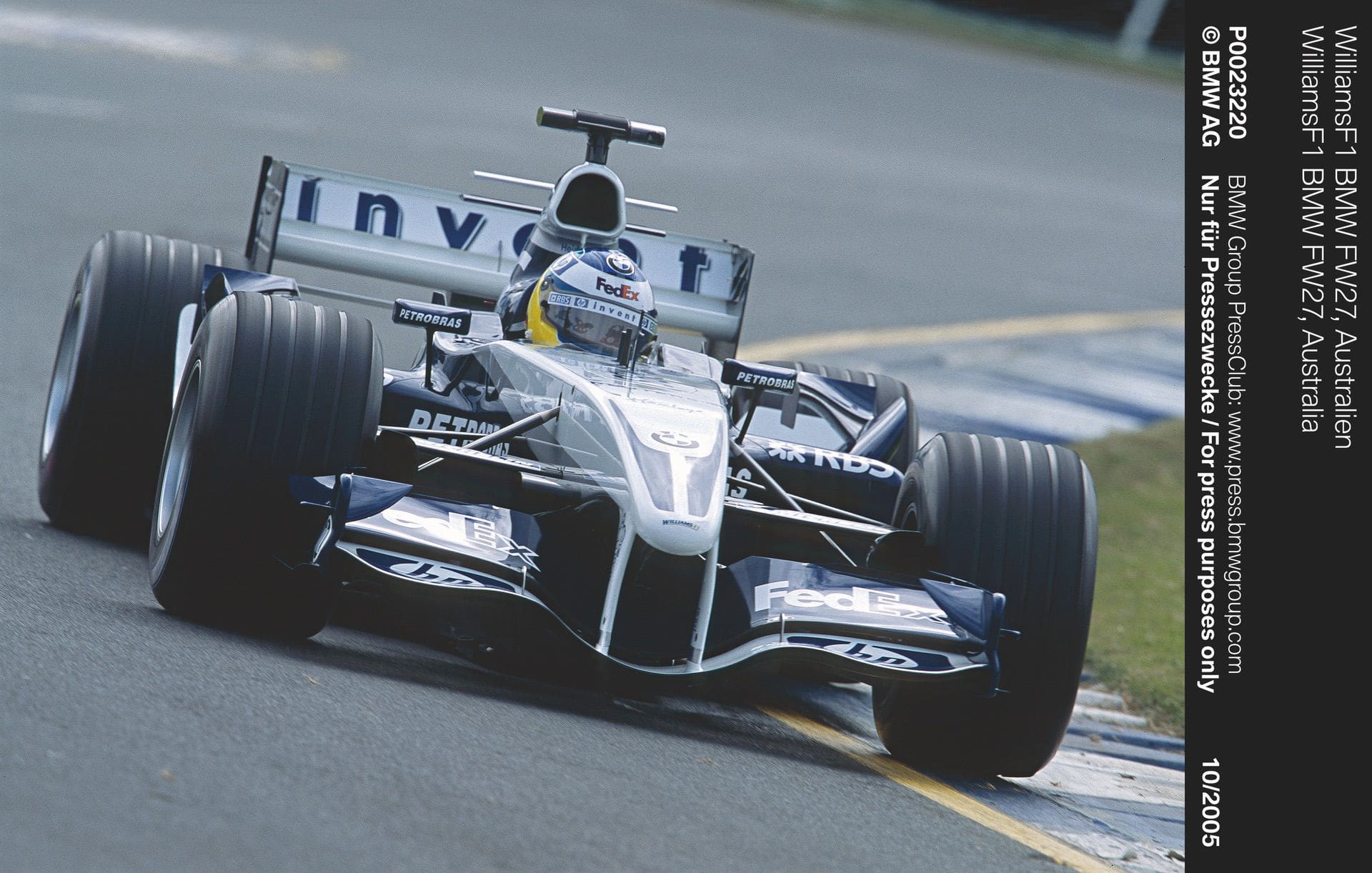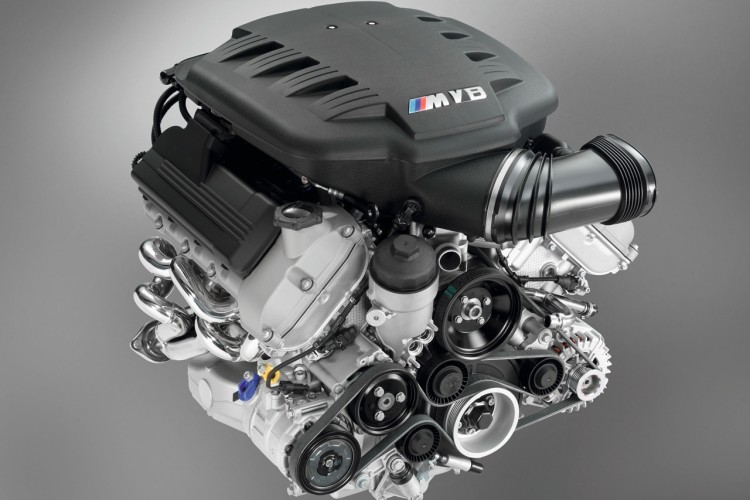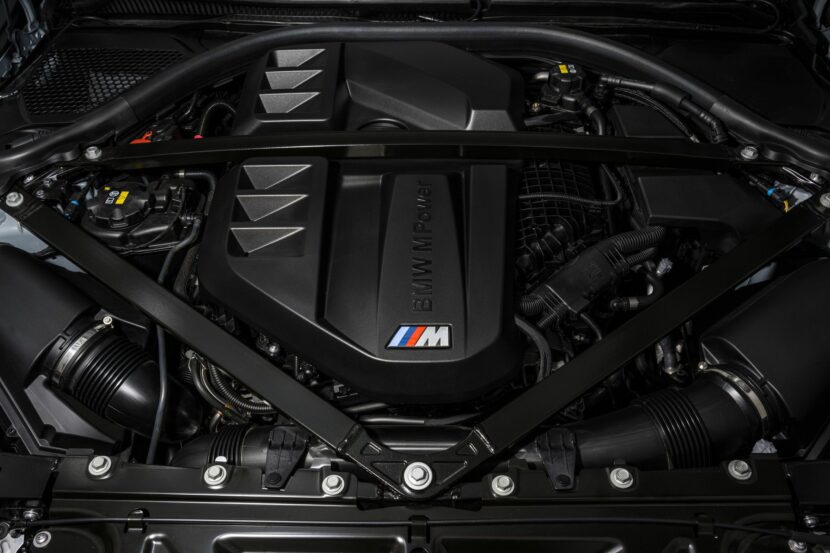In 1995, one of the greatest eras in Formula One history began — the era of the V10. The naturally aspirated V10s, that displaced no more than 3.0 liters, were some of the greatest to ever fit inside of a Formula One car. But some of the best F1 V10s were built by none other than BMW. But BMW didn’t start building F1 engines until 2002, which is when things really started to heat up. In 2002, BMW started building the V10 F1 engines for the Williams F1 team, led by Ralf Schumacher, Michael’s brother. Ralf’s second year at Williams was BMW’s first and once BMW got there, Ralf started to light up the track.
The initial engine BMW developed for Williams and Schumacher was the E41/4 V10, which developed 810 hp and could rev to a staggering 17,500 rpm while only weighing 258 lbs. It was a magnificent engine. Especially considering that BMW’s engineers faced absurd time restraints and often had to improvise.
But in 2001, BMW developed a new engine, the P80/1. Using some of the things learned from the E41/4, the P80/1 made 880 hp and revved to an astonishing 18,000 rpm. It also had a lower center of gravity, thanks to removed extra stiffness and widening of the vee and was lighter, at 231 lbs. Schumacher raced to victory, over his brother, at the 2001 San Marino Grand Prix using the P80/1 engine. Michael finished second, making it the first ever race to have brothers finish one and two at the podium.
Related: BMW history in Formula 1
In 2002, BMW created a new engine, which was lighter and more compact. But the real news of the new P82 engine was the fact that it was the first F1 engine to rev to 19,000 rpm. With lessons learned from the P82, BMW created a new engine the following year, the P83. The P83 engine developed a massive 940 hp at 19,000 rpm.
The following year, Schumacher left Williams for Toyota and was replaced by Mark Webber. BMW made engines for Williams for a little while longer, but eventually the two parted ways as well. BMW purchased the Sauber F1 team and the FIA regulations changed, meaning the V10s had to be downsized to V8s. After a few years, BMW and Sauber also split ways. BMW engines are no longer in F1 and that’s sad. The era of the BMW Formula One V10 is one of the greatest in F1’s storied history. It’s also one we will miss.





































































